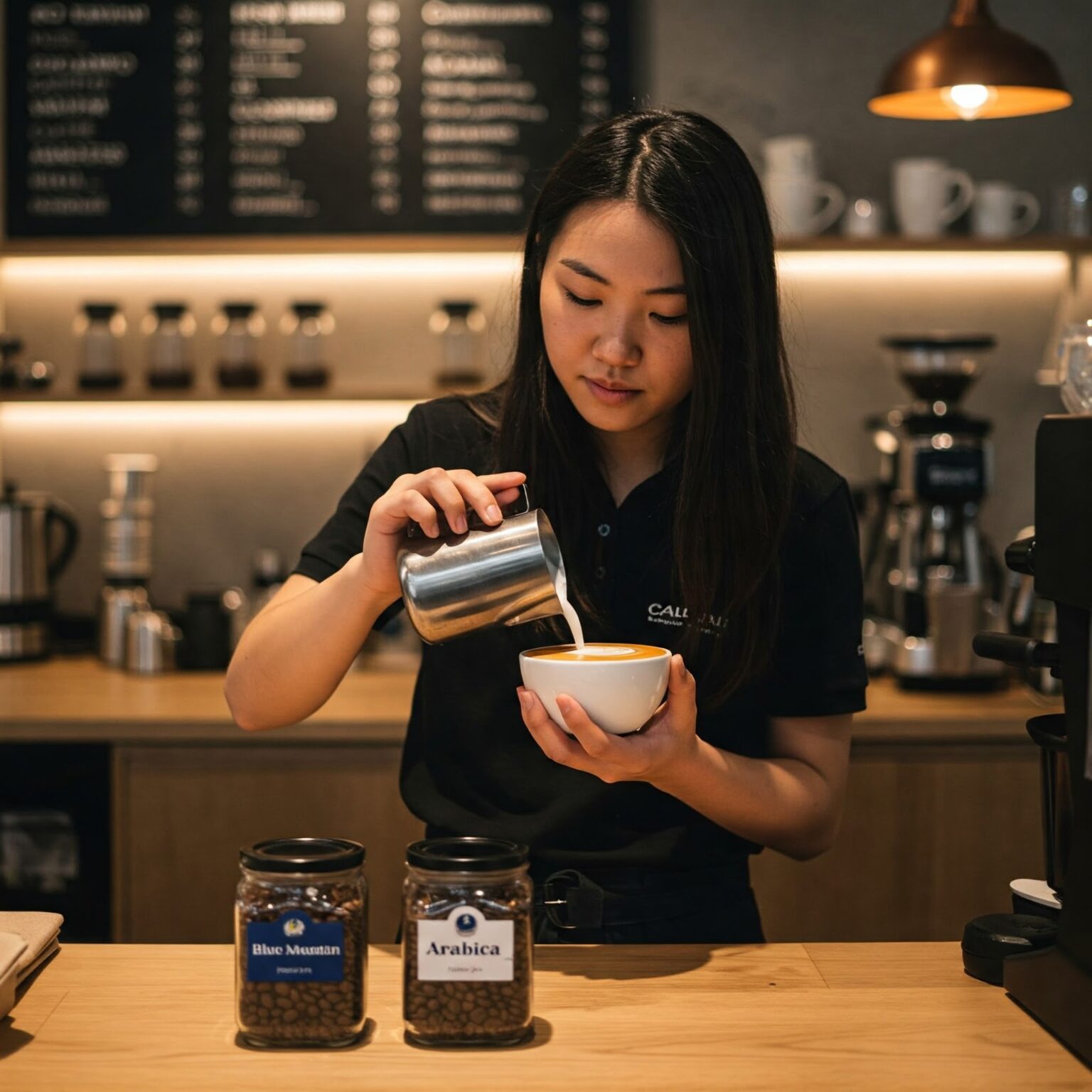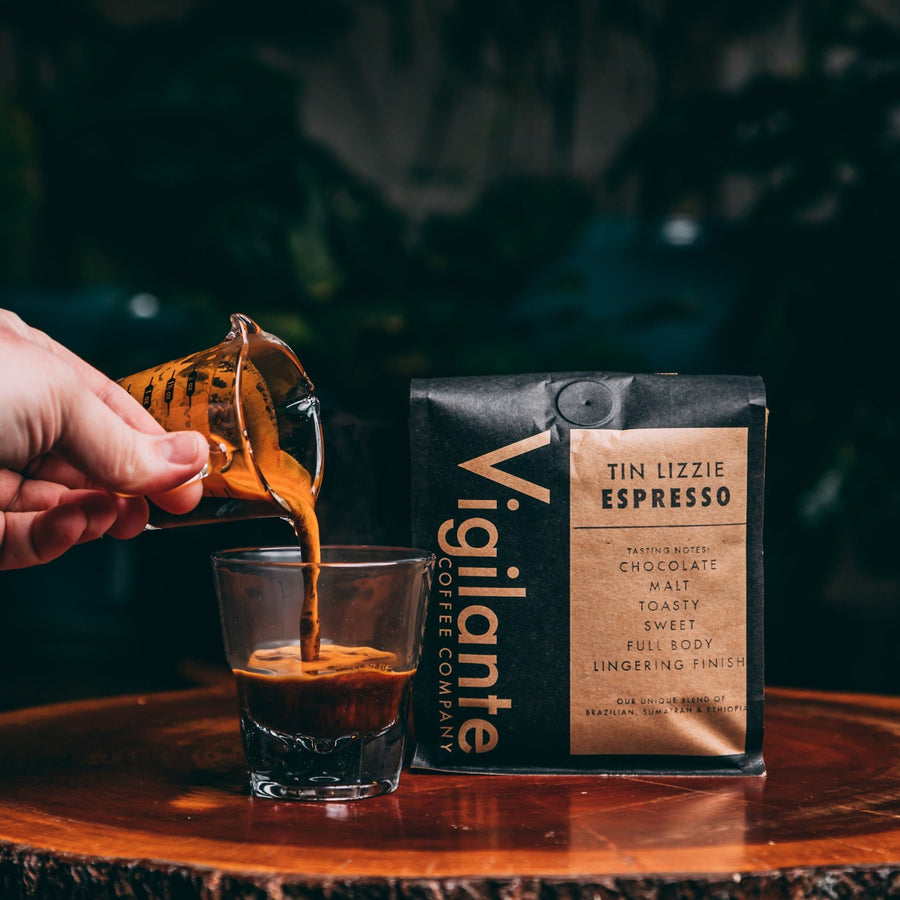Discovering the Origins Behind Specialty SOE Single Origin Espresso
Coffee Beans 101: Whatever You Need to Understand About Espresso and Blended Coffee Beans
When it concerns coffee, comprehending the nuances of coffee and mixed beans can change your day-to-day mug. You'll discover the distinct qualities of Arabica and Robusta beans, and just how each impacts taste and caffeine material. From the expanding process to toasting techniques, every step contributes in your coffee experience. So, what makes the best mixture? Allow's explore the crucial aspects that add to a phenomenal cup of coffee.
Recognizing Coffee Beans: Types and Selections
When diving right into the world of coffee, comprehending the types and ranges of coffee beans is important for every single fanatic. You'll primarily encounter two main types: Arabica and Robusta. Arabica beans are recognized for their smooth, complex flavors and lower caffeine material, making them a preferred amongst coffee aficionados. On the other hand, Robusta beans pack a punch with a stronger, a lot more bitter preference and greater high levels of caffeine levels, frequently utilized in espresso blends.
Within these types, you'll find various local varieties, each bringing distinct features. Ethiopian Yirgacheffe offers bright flower notes, while Colombian beans give a healthy flavor profile. As you check out, bear in mind to take notice of handling approaches like washed or natural, as they can significantly influence the last taste. By familiarizing yourself with these beans and their flavors, you'll elevate your coffee experience and make even more enlightened options in your developing trip.
The Expanding Refine: From Seed to Bean
When you discover the trip of coffee, everything begins with seed option techniques that establish the foundation for high quality. From there, growing and gathering play important roles in guaranteeing the beans grow. Processing approaches change those gathered cherries into the coffee beans you love.
Seed Selection Methods
Choosing the best seeds is necessary for creating high-quality coffee beans, as it lays the structure for the whole expanding procedure. Pay focus to the seed's age and storage space problems, as fresh seeds often tend to germinate far better. Think about the disease resistance of various ranges, as this can greatly influence your yield.
Growing and Harvesting
As you nurture your coffee seeds into prospering plants, understanding the growing and harvesting procedure is vital for attaining the very best flavor and top quality. Beginning by planting your seeds in well-draining dirt, ideally in a shaded area to protect them from straight sunlight. As your plants expand, keep regular dampness, and bear in mind their need for nutrients. Prune consistently to promote airflow and healthy development.
Hand-picking is typically the finest technique to assure just the ripest cherries are picked. Timing is vital; collecting also late or as well very early can affect the taste profile of your beans.

Processing Approaches Discussed
When you have actually collected your coffee cherries, the following crucial action is processing them to transform those vibrant fruits into the beans you'll brew. There are 2 primary methods: the completely dry process and the damp process. In the completely dry process, you spread out the cherries out in the sun to dry, permitting the fruit to ferment and pass on one-of-a-kind flavors to the beans. On the various other hand, the wet process includes removing the fruit immediately and fermenting the beans in water, leading to a cleaner preference. After processing, the beans are hulled, arranged, and typically dried out once again. Each technique affects the taste account, so trying out both can assist you find your favorite brew. Recognizing these techniques is key to appreciating your coffee experience.
Toasting Strategies: How Taste Is Created
When it pertains to toasting coffee beans, understanding roast degrees is vital to revealing their distinct flavors. Each toasting method influences the fragrance and improves the taste development process, giving you a richer coffee experience. Allow's check out just how these aspects come together to raise your day-to-day brew.
Roast Levels Discussed
Roast degrees play a crucial function fit the flavor profile of your coffee. You'll appreciate brilliant level of acidity and fruity notes when you pick a light roast. As you relocate to a tool roast, you'll observe a balance of sweet taste and intricacy, often highlighting chocolate or caramel tastes. Dark roasts, on the various other hand, deliver strong, smoky qualities with less level of acidity, making them rich and durable. Each degree results from various roasting times and temperatures, impacting the beans' chemical make-up. By recognizing these degrees, you can better choose a coffee that matches your taste preferences. Explore different roasts to uncover which one reverberates with you, boosting your overall coffee experience and satisfaction.
Influence On Fragrance
The roast level not just affects the taste of your coffee yet additionally considerably affects its fragrance. Each toasting technique releases different unstable substances, forming just how your coffee scents. In addition, the freshness of the beans plays an important function; newly roasted coffee releases more fragrant oils, enhancing that enticing aroma.
Flavor Development Process
As you check out the flavor advancement procedure, you'll discover that roasting techniques play a vital role in shaping the preference profile of your coffee. The roasting temperature and time directly affect the acidity, sweetness, and anger of the beans. Light roasts retain even more of the bean's initial flavors, highlighting floral and fruity notes. Tool roasts balance level of acidity and body, using a well-shaped flavor. Dark roasts, on the various other hand, draw out strong, great smoky characteristics while diminishing the bean's integral high qualities. During toasting, chain reactions, like the Maillard reaction and caramelization, transform the beans and boost their complexity. Explore different roasting levels can help you locate your best brew, so do not hesitate to taste and uncover the abundant spectrum of flavors!
Espresso vs. Blended Coffee: Key Distinctions
Coffee and combined coffee each deal special experiences that accommodate different tastes and choices. Espresso is a focused coffee brewed forcibly hot water via finely-ground coffee beans, leading to a rich, bold flavor and a luscious layer of crema ahead. It's typically appreciated as a shot or used as a base for drinks like cappuccinos and lattes.
On the other hand, mixed coffee incorporates different beans from different regions, developing a much more well balanced taste profile. You'll commonly find blends that highlight body, level of acidity, or sweet taste, making them flexible for different brewing techniques. While espresso concentrates on strength, blended coffee might use a broader series of tastes that can transform with each sip.
Inevitably, your choice between espresso and blended coffee boils down to your individual preference. Whether you long for a quick jolt or a leisurely mug, both choices have something scrumptious to supply.

Developing Methods: Unlocking the Perfect Mug
When it pertains to developing coffee, finding the right method can change your experience and elevate your cup. Each brewing strategy has its special charm and can significantly influence your coffee's taste and scent. For instance, utilizing a French press permits you to delight in a abundant and robust mixture, while a pour-over method gives a tidy, intense cup with unique flavors.
If you additional reading prefer espresso, buying a high quality equipment can aid you grasp the art of drawing shots. Conversely, for comfort, a single-serve capsule system uses speed without sacrificing preference.
Don't forget cold mixture, which delivers a smooth, less acidic coffee perfect for hot days. Try out different techniques to find what resonates with your taste. Each developing technique opens up a brand-new world of possibilities, so put in the time to discover and find your ideal mug. Delighted developing!
Sampling Notes: Identifying Flavor Profiles
How can you truly appreciate your coffee if you don't know what flavors to look for? Tasting notes are your overview to comprehending the complicated globe of coffee. Some coffees might leave a chocolatey or caramel aftertaste, while others might have a bright, clean coating.
Think about the body of the coffee, also; is it light and ventilated or thick and syrupy? Do not fail to remember level of acidity; a bright level of acidity can add activity, while a low level of acidity could give a smoother experience. By recognizing these flavor profiles, you'll deepen your connection with each mug, making coffee sampling a delightful journey of discovery.

Tips for Picking and Keeping Coffee Beans
Choosing and keeping coffee beans effectively can greatly enhance your developing experience. Beginning by selecting top quality beans that match your preference - SOE.
As soon as you have your beans, store them in a closed container to avoid exposure to dampness, light, and air. A dark, great location works best, so stay clear of maintaining them in the refrigerator or freezer, as this can present wetness. Just grind the amount you need top article to maintain freshness; entire beans keep taste longer than pre-ground coffee.
Last but not least, attempt to utilize your beans within two to 4 weeks after opening for peak taste. Following these tips will ensure your coffee remains savory and delightful, boosting your daily mixture to new heights.
Regularly Asked Concerns
How Long Do Coffee Beans Stay Fresh After Toasting?
Coffee beans stay fresh for about two weeks after toasting - SOE. You should store them in a closed container, far from light and wetness. After that, their taste and scent begin to diminish considerably

Can I Mix Different Coffee Bean Varieties?
Definitely, you can mix various coffee bean varieties! Try out blends can boost tastes and produce a distinct taste profile. Simply ensure to balance the strengths and characteristics of each variety for the finest results.
What Is the Ideal Work Size for Coffee?
For coffee, you'll want a fine grind size, concerning the texture of common salt. This allows perfect removal, leading to an abundant, savory shot. Experiment a little bit to find what matches your preference best!
Exactly How Does Elevation Affect Coffee Bean Taste?
Elevation influences coffee bean taste by influencing the growth price and chemical composition. Higher elevations lead to slower growth, which enhances level of acidity and complexity, providing your coffee a lively and distinct taste you won't forget.
Exist Decaffeinated Variations of Espresso Beans?
Yes, there are decaffeinated versions of coffee beans. You can appreciate an abundant espresso taste without the caffeine kick. Just try to find "decaf" blends at your neighborhood coffee bar or specialty store.
Coffee Beans 101: Whatever You Required to Know Regarding Coffee and Blended Coffee Beans.
When diving right into the globe of coffee, understanding the types and varieties of coffee beans is necessary for every lover.When it comes Website to roasting coffee beans, recognizing roast levels is vital to revealing their one-of-a-kind flavors. Coffee is a concentrated coffee made by compeling hot water with finely-ground coffee beans, resulting in a rich, bold taste and a luscious layer of crema on top.On the various other hand, mixed coffee integrates numerous beans from various regions, creating an extra well balanced flavor account.